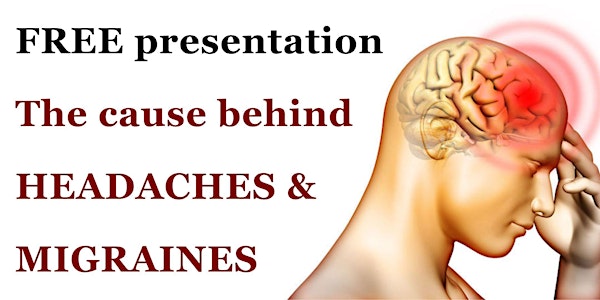
The cause behind Headaches and Migraines
Overview
Headaches are the end product of a process, they are the effects of a cause. Headaches and migraines can be generated via many different pathways initiated by different origins. For example, tension in the neck muscles can cause a more “tension” or “cervicogenic” headache pain pattern. Treating these tight muscles will only help temporarily if at all, instead, the internal reason for neck muscles to be tight must be diagnosed and treated in order to fully resolve these headaches.
It is not uncommon for an organ to be the causal issue, where tension spreads from the organ to the diaphragm, and via the phrenic nerve from the diaphragm to the neck. Resolving the organ causal issue can then resolve the tension headache.
Migraines tend to have a brain stem overload involvement where cranial nerves exiting the brain are hypersensitive and can either trigger a migraine episode or cause some of the migraine symptoms. A classic example is cranial nerve 2 (optic nerve) that can cause the symptoms of visual disturbances during a migraine but can also trigger a migraine due to too much stimulation from bright light exposure. More or less all migraine symptoms are linked to cranial nerves from the brain stem.
This presentation will focus on the processes of the different headache patterns with particular attention to tension headaches and migraines, the links with the rest of the body and finally how to resolve them.
Good to know
Highlights
- 2 hours
- In person
Location
artsPlace Canmore
950 8 Avenue
Canmore, AB T1W 2T1 Canada
How do you want to get there?
Organized by
Clement Rhein BSc (Hons) Ost. D.O. PGCertHE
Followers
--
Events
--
Hosting
--